5G Wireless in 2019: The 7 Biggest Things To Know

A Brave New Wireless World
Fifth-generation (5G) wireless technology is poised to burst onto the scene as service providers build out their networks, vendors work on 5G-capable chip sets and mobile devices, and even some consumers start to reap the benefits of heightened internet speeds. 5G could potentially launch brand-new IoT applications across a variety of verticals, not to mention what it could mean for solution providers that get in early on the latest wireless technology.
Here's the skinny on 5G wireless technology and how it compares to previous generations of wireless technologies, as well how the government is getting involved to speed up deployment, and what the country's largest carriers are bringing to the table.
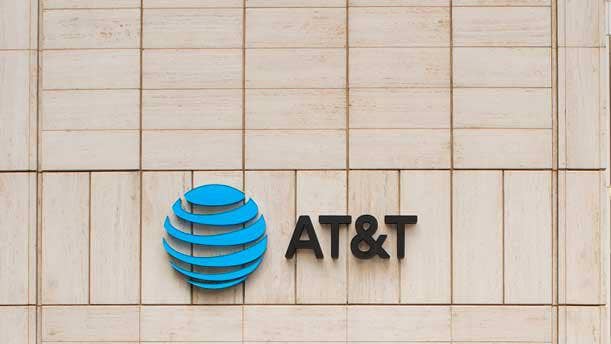
What AT&T Is Doing
AT&T has been busy rolling out 5G and highlighting new use cases and wins, including a significant IoT deal with a large healthcare system. AT&T also revealed plans to light up AT&T Stadium with 5G in Arlington, Texas, during the first half of 2019. The carrier's 5G network is now live in parts of 12 U.S. cities, and it’s set to go live in seven more, including Las Vegas, Los Angeles, Nashville, Orlando, San Diego, San Francisco, and San Jose during the first half of 2019.
Dallas-based AT&T came under some fire earlier this month when it began marketing LTE 4G as “5G E” on select Android devices, which many industry analysts and customers called out as misleading. John Donovan, AT&T Communications CEO, said of the marketing effort: “We felt we had to give [customers] an indicator of when they are getting twice traditional 4G speeds.”

Government Intervention
In December, the Federal Communications Commission (FCC) voted unanimously to free up more spectrum in the upper 37 GHz, 39 GHz, and 47 GHz millimeter wave bands in order to boost the deployment of 5G.
As of now, the FCC and the telecom industry are arguing that relaxed regulations will be needed for 5G to roll out more easily, especially in rural areas. In January, the U.S. Court of Appeals for the Tenth Circuit ruled against a coalition of local governments that tried to fight against the FCC's declaration ruling aimed at allowing telecom industries to deploy small-cell 5G equipment within cities and counties by easing local regulations, limiting fees and speeding up the review process. The National Association of Counties say that the ruling overlooks a community's right to its own decision-making for its users.
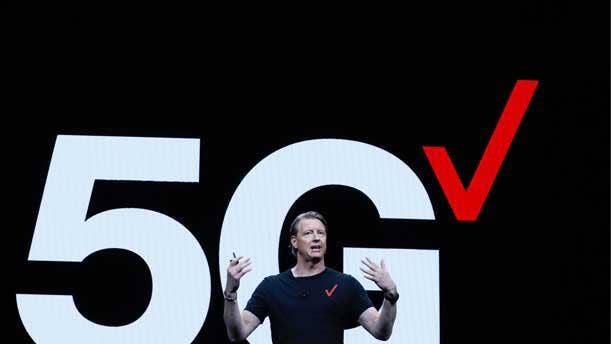
What Verizon Is Doing
Verizon now has its 5G Home service, a residential offering, live in select parts of four cities, including Houston, Indianapolis, Los Angeles and Sacramento, Calif. But the Basking Ridge, N.J.-based company is ready to hear other ideas for the emerging cellular technology.
Verizon CEO Hans Vestberg at CES 2019 announced the "Build On 5G Challenge" that will grant $1 million in seed money to an individual or group of innovators if the carrier likes, and then ultimately, buys into their idea. Verizon also is offering up a working spot in one of its 5G incubator labs in New York City; Cambridge, Mass.; Los Angeles; Palo Alto, Calif., and Washington, D.C. Verizon will provide training and technical support to those that are selected.
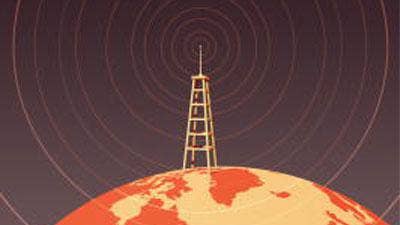
5G vs. 4G
5G technology is expected to significantly boost bandwidth, capacity and reliability of cellular broadband over previous generations. Specifically, the difference between 5G and 4G is that 5G uses radio millimeter bands in the 30 GHz to 300 GHz range, which has been sparsely used before. By comparison, current 4G technology operate on frequencies below 6 GHz.
5G promises speeds similar to what fiber connections offers today with very-low latency of under a millisecond in ideal conditions. With 4G, on the other hand, latency varies by carrier and from cell to cell. 5G is estimated to be 60 to 120 times faster than average 4G latencies.
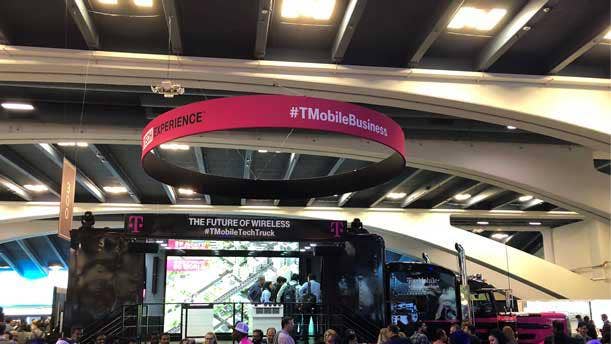
What T-Mobile Is Doing
Even though T-Mobile said at CES 2019 that it didn't want to roll out 5G connectivity in drips and drops in certain areas within specific cities-- it instead planned on launching a nationwide 5G network in 2020 -- the carrier quietly confirmed that its 5G technology is already live in 30 cities. However, Bellevue, Wash.-based T-Mobile isn't offering commercial services on the new network because it is waiting for 5G-capable smartphones to become available.
So far, T-Mobile is the only wireless carrier planning to launch its 5G services on the 600 MHz wireless spectrum, which is better for longer distances, but it's not optimized for data speed like the 28 GHz and 39 GHz frequencies.

5G In IoT
It's no secret that faster, lower-latency speeds will help give Internet of Things (IoT) applications a boost. The download speeds that 5G promises is expected to be a catalyst for augmented and virtual reality to become more of a reality, as well as self-driving vehicles, smart cities, and telemedicine.
The country's largest carriers have already revealed a slew of new use cases, from lighting up sports stadiums, to improved patient care. However, industry pundits warn that because 5G networks aren't widespread yet, it's not ready to support a large-scale IoT deployment.
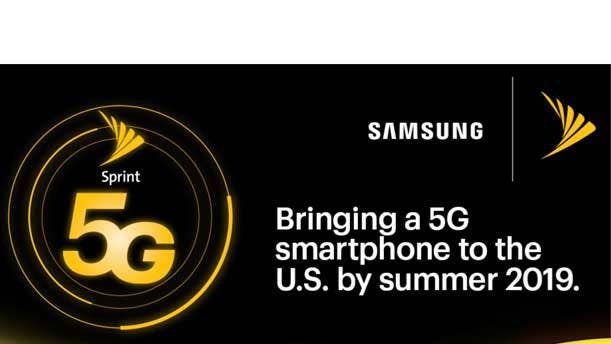
What Sprint Is Doing
Sprint, the fourth-largest wireless carrier in the country, took to CES 2019 to announce that its mobile 5G network will be pushed live across parts of nine U.S. cities by this June.
Sprint, headquartered in Overland Park, Kansas, said that its first 5G smartphone from manufacturer Samsung will be available this summer. In the fall, executives from T-Mobile and Sprint, which are trying to pull off their third merger attempt, said that a tie-up between the two carriers would accelerate 5G.